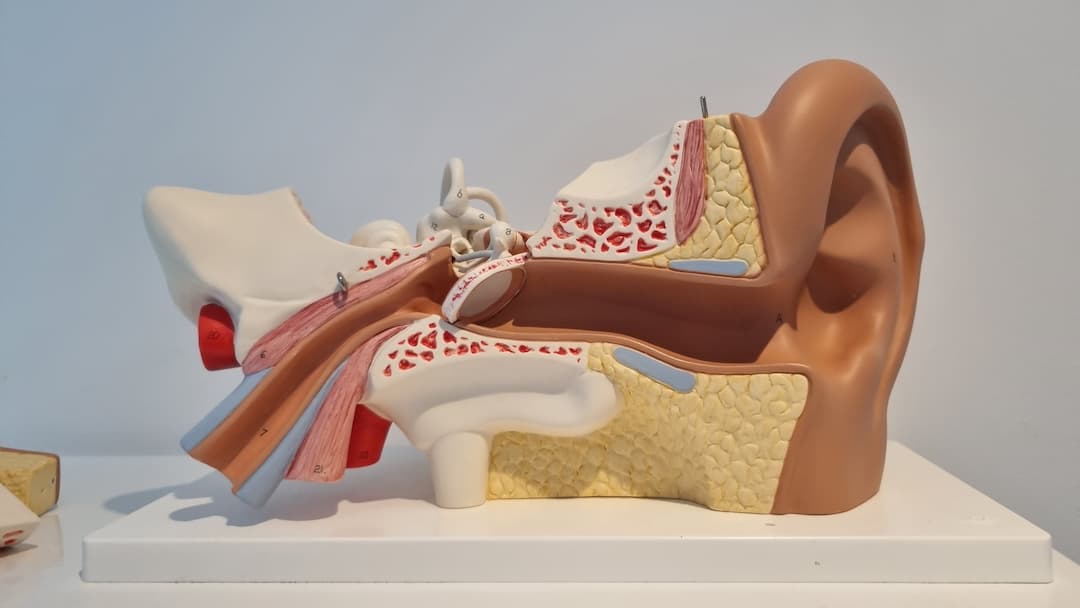Hearing aids are remarkable devices that have transformed the lives of millions by improving their ability to hear and communicate. Despite their small size, these devices are packed with advanced technology designed to amplify sound and enhance the clarity of speech. We’re going to explain the mechanics of hearing aids and discuss how they work and the benefits they offer to those with difficulty hearing.
The Basic Components Of Hearing Aids
A hearing aid has several components which work together to amplify sound. There’s a microphone which captures sound from the environment. Modern hearing aids often have multiple microphones to better capture sound from different directions. The captured sound is sent to the amplifier. This boosts the sound signals, making them louder and clearer. The amplified sound is delivered to the ear canal through the speaker, also known as the receiver.
Hearing aids have small batteries, which can either be disposable or rechargeable, depending on the model. Finally, the digital signal processor (DSP) acts as the brain of the hearing aid. It converts the analogue sound waves into digital signals, processes them to enhance speech and reduce noise, and then converts them back into analogue signals before sending them to the speaker.
How Hearing Aids Work
Now that we know about the components, let’s look at how they work together. Initially, the microphones on the hearing aid pick up sound waves from the surrounding environment. These sound waves are then converted into electrical signals. The DSP processes these electrical signals.
Modern hearing aids use sophisticated algorithms to filter out background noise and enhance the clarity of speech. This processing can include features such as directional microphones, noise reduction, and feedback cancellation. The processed signals are then amplified. The amount of amplification can be adjusted based on the user’s hearing loss profile. This is usually determined and tweaked by an audiologist during your initial fitting and follow-up appointments. Finally, the amplified signals are sent to the speaker, which converts them back into sound waves and delivers them to the ear canal.
Advanced Features Of Modern Hearing Aids
Today’s hearing aids are more than just an amplifier, they are smart devices that offer a range of advanced features. Directional microphones help focus on sounds coming from specific directions. This is particularly useful in noisy environments like pubs and restaurants. Noise reduction reduces background noise, making it easier to focus on speech.
Modern hearing aids can detect and eliminate feedback (whistling sounds) automatically. Many hearing aids now come with Bluetooth connectivity, allowing users to stream audio directly from their smartphones, TVs, and other devices. These users can sometimes even customise their settings through smartphone apps, adjusting the settings to suit different environments.
The Benefits Of Using Hearing Aids
The primary benefit of hearing aids is improved hearing. This can significantly enhance your quality of life. Users often report better communications, increased social interactions, and a greater feeling of independence. Modern hearing aids also help in reducing the cognitive load associated with straining to hear, which can alleviate fatigue and improve overall wellbeing. You’ll feel lighter and more connected than ever!
Choose Clear Hearing Solution
Now that you’re able to fully appreciate the technology that helps those with hearing difficulties reconnect with the world around them, you may be wondering how you can book an appointment. Whether it’s for yourself or on behalf of someone else, it’s never been easier to transform your quality of life than it is now. Book an appointment with Clear Hearing Solution today and discover the difference we can make.



